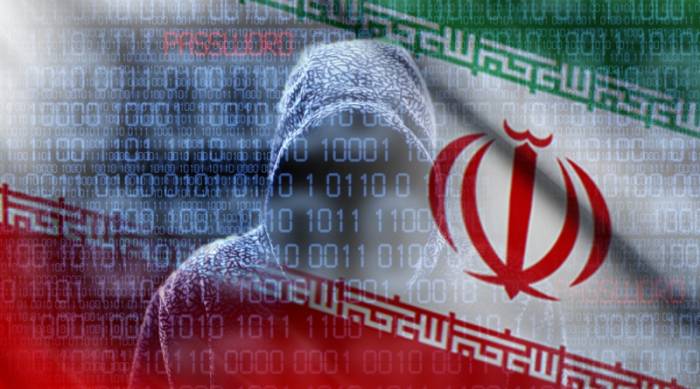Iranian cyber attackers are employing a cunning method to breach security: enticing targets with so-called “dream job” offers.
This sophisticated approach has been identified as a means to compromise the credentials of professionals, particularly those in key sectors like technology and defense.
Cyber Security Researcher released the report today, which outlines TA455’s methods, targets and infrastructure.
Sophisticated Tactics for Breach
The campaign, active since at least September 2023, begins with a spear phishing approach in which TA455 lures individuals with fake job offers.
Using LinkedIn to gain trust, the attackers prompt victims to download a ZIP file titled “SignedConnection.zip,” which was flagged as malicious by five antivirus engines.
By creating a facade of legitimacy, the attackers deceive recipients into opening malicious attachments or links embedded within tailored emails.
The documents typically include enticing job descriptions but are weaponized with malicious code. Once activated, this code gives attackers a foothold into the victim’s system, allowing them to execute a range of harmful activities, from data theft to the installation of more persistent malware.
Notable Victims and Impact
Recent reports reveal that these campaigns have been primarily focused on professionals holding sensitive positions. Individuals with access to classified or valuable information are particularly attractive targets.
The ultimate goal appears to be espionage—gathering intelligence that could benefit state-level actors.
Security experts emphasize that this strategy not only undermines individual victims but also poses a larger threat to organizational and even national security. Such breaches could lead to extensive data leaks or the disruption of critical infrastructure, making them a top concern for cybersecurity teams globally.
Recommendations for Mitigation
In response to these sophisticated schemes, cybersecurity organizations urge increased vigilance among employees. Recommended measures include double-checking the authenticity of unsolicited job offers and being cautious when receiving unexpected attachments, even from seemingly trustworthy sources.
Adopting advanced threat detection systems can also help organizations identify and block suspicious activities. Security training for employees plays a crucial role in minimizing human error, often considered the weakest link in cybersecurity defenses.
These Iranian hacking operations remind the global cybersecurity community of the ever-evolving tactics employed by cybercriminals. The integration of social engineering with technological exploits illustrates how attackers continue to adapt, requiring constant updates in defensive strategies.
Staying aware of these evolving threats and fostering a culture of security can help reduce the risk posed by such calculated and highly targeted attacks.
